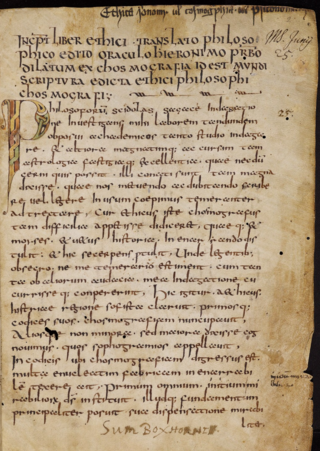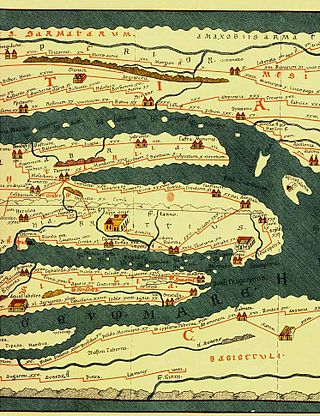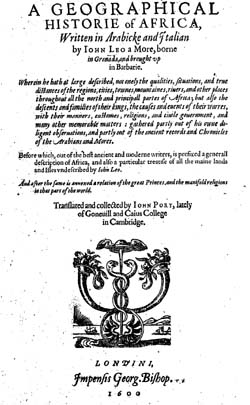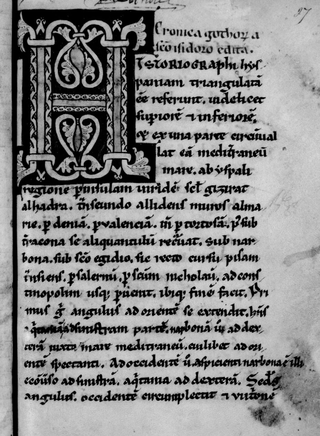Related Research Articles

Pope Honorius III, born Cencio Savelli, was head of the Catholic Church and ruler of the Papal States from 18 July 1216 to his death. A canon at the Basilica di Santa Maria Maggiore, he came to hold a number of important administrative positions, including that of Camerlengo. In 1197, he became tutor to the young Frederick II. As pope, he worked to promote the Fifth Crusade, which had been planned under his predecessor, Innocent III. Honorius repeatedly exhorted King Andrew II of Hungary and Emperor Frederick II to fulfill their vows to participate. He also gave approval to the recently formed Dominican and Franciscan religious orders.

Romulus Augustus, nicknamed Augustulus, was Roman emperor of the West from 31 October 475 until 4 September 476. Romulus was placed on the imperial throne by his father, the magister militum Orestes, and, at that time still a minor, was little more than a figurehead for his father. After Romulus ruled for just ten months, the barbarian general Odoacer defeated and killed Orestes and deposed Romulus. As Odoacer did not proclaim any successor, Romulus is typically regarded as the last Western Roman emperor, his deposition marking the end of the Western Roman Empire as a political entity. The deposition of Romulus Augustulus is also sometimes used by historians to mark the transition from antiquity to the medieval period.

Denis Gaultier was a French lutenist and composer. He was a cousin of Ennemond Gaultier.

Gérard de Nerval was the pen name of the French writer, poet, and translator Gérard Labrunie, a major figure of French romanticism, best known for his novellas and poems, especially the collection Les Filles du feu, which included the novella Sylvie and the poem "El Desdichado". Through his translations, Nerval played a major role in introducing French readers to the works of German Romantic authors, including Klopstock, Schiller, Bürger and Goethe. His later work merged poetry and journalism in a fictional context and influenced Marcel Proust. His last novella, Aurélia ou le rêve et la vie, influenced André Breton and Surrealism.

Magnus Aurelius Cassiodorus Senator, commonly known as Cassiodorus, was a Christian, Roman statesman, renowned scholar of antiquity, and writer serving in the administration of Theodoric the Great, king of the Ostrogoths. Senator was part of his surname, not his rank. He also founded a monastery, Vivarium, where he worked extensively the last three decades of his life.

De origine actibusque Getarum, commonly abbreviated Getica, written in Late Latin by Jordanes in or shortly after 551 AD, claims to be a summary of a voluminous account by Cassiodorus of the origin and history of the Gothic people, which is now lost. However, the extent to which Jordanes actually used the work of Cassiodorus is unknown. It is significant as the only remaining contemporaneous resource that gives an extended account of the origin and history of the Goths, although to what extent it should be considered history or origin mythology is a matter of dispute.

The chanson de geste is a medieval narrative, a type of epic poem that appears at the dawn of French literature. The earliest known poems of this genre date from the late 11th and early 12th centuries, shortly before the emergence of the lyric poetry of the troubadours and trouvères, and the earliest verse romances. They reached their highest point of acceptance in the period 1150–1250.

Le Livre des tournois or King René's Tournament Book is a treatise describing rules for tournaments by the French prince René d'Anjou. It is best known from what appears to be Rene's own illuminated copy from the 1460s, now in the Bibliothèque Nationale, Paris with illustrations, or at least the drawings before colouring, attributed to Barthélemy d'Eyck.

The Emerald Tablet, also known as the Smaragdine Tablet or the Tabula Smaragdina, is a compact and cryptic Hermetic text. It was highly regarded by Islamic and European alchemists as the foundation of their art. Though attributed to the legendary Hellenistic figure Hermes Trismegistus, the text of the Emerald Tablet first appears in a number of early medieval Arabic sources, the oldest of which dates to the late eighth or early ninth century. It was translated into Latin several times in the twelfth and thirteenth centuries. Numerous interpretations and commentaries followed.

Aethicus Ister was the protagonist of the 7th/8th-century Cosmographia, purportedly written by a man of church Hieronymus, who purportedly censors an even older work for producing the book as its censored version. It is a forgery from the Middle Ages.

Tabula Peutingeriana, also referred to as Peutinger's Tabula or Peutinger Table, is an illustrated itinerarium showing the layout of the cursus publicus, the road network of the Roman Empire.
The Armalausi were an obscure Germanic tribe of late antiquity. Their name means "those who wear the armilausa", a type of shirt open at the front and back but connected at the shoulders.

Portolan charts are nautical charts, first made in the 13th century in the Mediterranean basin and later expanded to include other regions. The word portolan comes from the Italian portulano, meaning "related to ports or harbors", and which since at least the 17th century designates "a collection of sailing directions".
Formularies are medieval collections of models for the execution of documents (acta), public or private; a space being left for the insertion of names, dates, and circumstances peculiar to each case. Their modern equivalent are forms.

Abu al-Muhajir Dinar was a governor of Ifriqiya under the Umayyad Caliphate and lead the Muslim conquest of the Maghreb. He died in Tabuda after the Battle of Vescera in 683.

Cosmographia ("Cosmography"), also known as De mundi universitate, is a Latin philosophical allegory, dealing with the creation of the universe, by the twelfth-century author Bernardus Silvestris. In form, it is a prosimetrum, in which passages of prose alternate with verse passages in various classical meters. The philosophical basis of the work is the Platonism of contemporary philosophers associated with the cathedral school of Chartres—one of whom, Thierry of Chartres, is the dedicatee of the work. According to a marginal note in one early manuscript, the Cosmographia was recited before Pope Eugene III when he was traveling in France (1147–48).

Description of Africa was taken largely from the firsthand geographical work Cosmographia et geographia de Affrica completed by Leo Africanus in 1526 and published under the title Della descrittione dell’Africa et delle cose notabili che ivi sono by Giovanni Battista Ramusio in his collection of travellers' accounts Delle navigationi e viaggi in Venice in 1550. It contained the first detailed descriptions published in Europe of the Barbary Coast and the gold-trading kingdoms of west-central Africa. The book was dictated in Italian by Leo Africanus, the famed Moorish traveler and merchant who had been captured by pirates and sold as a slave. Presented, along with his book, to Pope Leo X, he was baptized and freed. Leo, whose name he took in baptism, suggested that he recast his Arabic work in Italian; it was completed in 1526. It was republished repeatedly by Ramusio in his Delle navigationi e viaggi, translated into French and into Latin for the erudite, both in 1556.

The Chronica Gothorum Pseudoisidoriana, also known as the Historia Pseudoisidoriana or the Chronicle of Pseudo-Isidore, is an anonymous 12th-century Latin chronicle from southern France. It presents the history of Spain from the time of the sons of Noah and their dispersal down to the Arab conquest in 711.

Situs orbis terre vel regionum is an anonymous Latin geographical treatise written sometime between the late 7th and early 9th centuries. It was composed either in Septimania or the Iberian Peninsula, both part of the Visigothic Kingdom down to 711. It is known from a single manuscript, now in Paris, Bibliothèque nationale de France, MS lat. 4841, where it occupies the first thirteen folios. Certain features of the manuscript indicate that it was copied in Septimania in the Carolingian Empire around 842.
References
- ↑ See bibliography. Riese's work employs a very complex annotation system to bring together for comparison manuscripts which may differ very significantly.
- ↑ Institutiones divinarum et saecularium litterarum, 25.
- ↑ Yves Modéran, Les Maures et l'Afrique Romaine (IVe-VIIe siècle), Ecole Française de Rome, 2003, pp. 85-93 ( ISBN 2-7283-0640-0).
- ↑ W. Kubitschek, "Die Erdtafel des Julius Honorius", Wiener Studien v. 7 (1885) 1-24 & 278-310
- ↑ Konrad Miller, "Sphaera Julii Honorii"